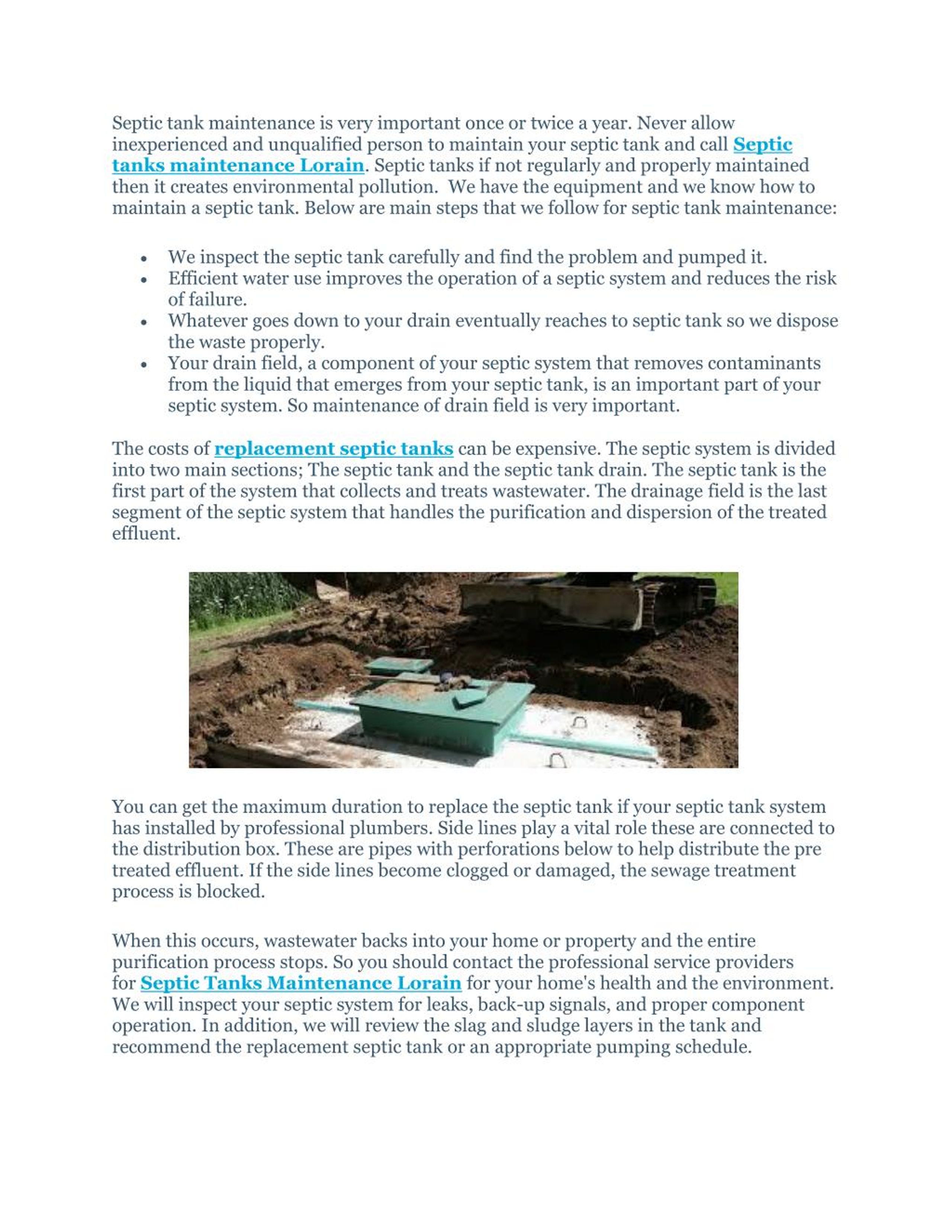10 Simple Techniques For Stillwell Septic And Grading
10 Simple Techniques For Stillwell Septic And Grading
Blog Article
The Buzz on Stillwell Septic And Grading
Table of ContentsThe Greatest Guide To Stillwell Septic And GradingFascination About Stillwell Septic And GradingStillwell Septic And Grading Things To Know Before You Get ThisAn Unbiased View of Stillwell Septic And GradingSome Ideas on Stillwell Septic And Grading You Should KnowLittle Known Questions About Stillwell Septic And Grading.The Stillwell Septic And Grading Diaries
In general, sewage-disposal tank installment is a complicated procedure that needs mindful planning and execution. Homeowners ought to function with a trusted setup team and understand local policies and demands to guarantee that their septic system operates properly for several years to find. After the septic container has been set up and linked to the drainpipe field, it is time to backfill the area.The backfill product ought to be without clods, big rocks, frozen matter, and particles that can cause voids in the backfill that might enable resolving gradually. Crushed rock or pea crushed rock 1/2-inch in diameter is favored if indigenous materials are not ideal. When the backfilling is complete, it is time to landscape the location.
As soon as the septic tank has been set up, it is critical to evaluate it to guarantee that it is working correctly (Septic Installers). https://stillwellsag.start.page. Checking the system entails looking for leaks, making certain that the storage tank is at the suitable level, and checking out the drain area. One of one of the most typical tests carried out is the hydraulic lots test
Indicators on Stillwell Septic And Grading You Need To Know
The water is then checked to guarantee that it flows properly via the pipes and right into the drainpipe area. If the water does not flow properly or backs up right into the container, it may indicate a problem with the system. An additional examination that is generally done is the color test.
The color is after that checked to make sure that it moves appropriately with the pipelines and into the drain area. If the color does not stream properly or shows up in the incorrect place, it may show an issue with the system. It is crucial to have a professional carry out these tests to make sure that they are done appropriately.

What Does Stillwell Septic And Grading Do?
Right here are some crucial tips for home owners to keep their septic tank: The average home septic system must be inspected a minimum of every three years by a septic solution professional. The regularity of pumping depends upon the dimension of the storage tank and the number of individuals using it. https://forums.hostsearch.com/member.php?257676-stillwellsag. A general general rule is to pump the storage tank every three to five years
Making use of water-efficient fixtures and appliances, such as low-flow showerheads and bathrooms, can decrease water usage and aid the septic tank job more successfully. Just flush toilet paper and human waste down the toilet. Stay clear of purging anything else, consisting of feminine health items, baby wipes, and Get More Info food preparation oil, as they can clog the system.
The Best Guide To Stillwell Septic And Grading
Sewage-disposal tank setup is an intricate process that needs cautious preparation and implementation. Property owners should know the needed steps entailed in the installment procedure to make sure that their septic system functions effectively and efficiently. The very first step is to examine the website where the septic system will be installed.
When the site has actually been reviewed, the following action is to prepare for the installation. Homeowners need to make certain that their specialist is experienced in septic tank installation and will certainly work together with them throughout the procedure.
The Buzz on Stillwell Septic And Grading

Home owners should understand the needed actions associated with the setup process to guarantee that their septic system works properly and successfully. By following these steps and maintaining their system, property owners can feel confident that their septic system will offer trustworthy wastewater therapy for lots of years to find.
Nearly one in 5 United state homes have septic systems. If you're not effectively maintaining your septic system, you're not just harming the environment, you're putting your family members's health and wellness at riskand may be purging thousands of dollars down the drainpipe!
Stillwell Septic And Grading Can Be Fun For Anyone

All that additional water can truly strain your septic tank. Startle the usage of water-generating appliances. This can be practical specifically if your system has actually not been pumped in a long period of time. End up being extra water reliable by taking care of plumbing leakages and think about installing bathroom and cooking area faucet aerators and water-efficient items.
Indicators on Stillwell Septic And Grading You Should Know
Know your system's area. When you have the tank pumped, draw a diagram or map showing its area in relation to repaired points - corners of the home, steps, or fence blog posts.
Too much water can damage it. Don't dig, develop, or plant anything various other than yard over the drainfield. Preserve water. Septic Tank Pumping. Decrease the amount of wastewater that must be dealt with and thrown away by your system: Wash no even more than one or 2 loads of garments daily. Up to 53 gallons of water flooding your septic system with each load, so it's best to spread washing out over the week.
Report this page